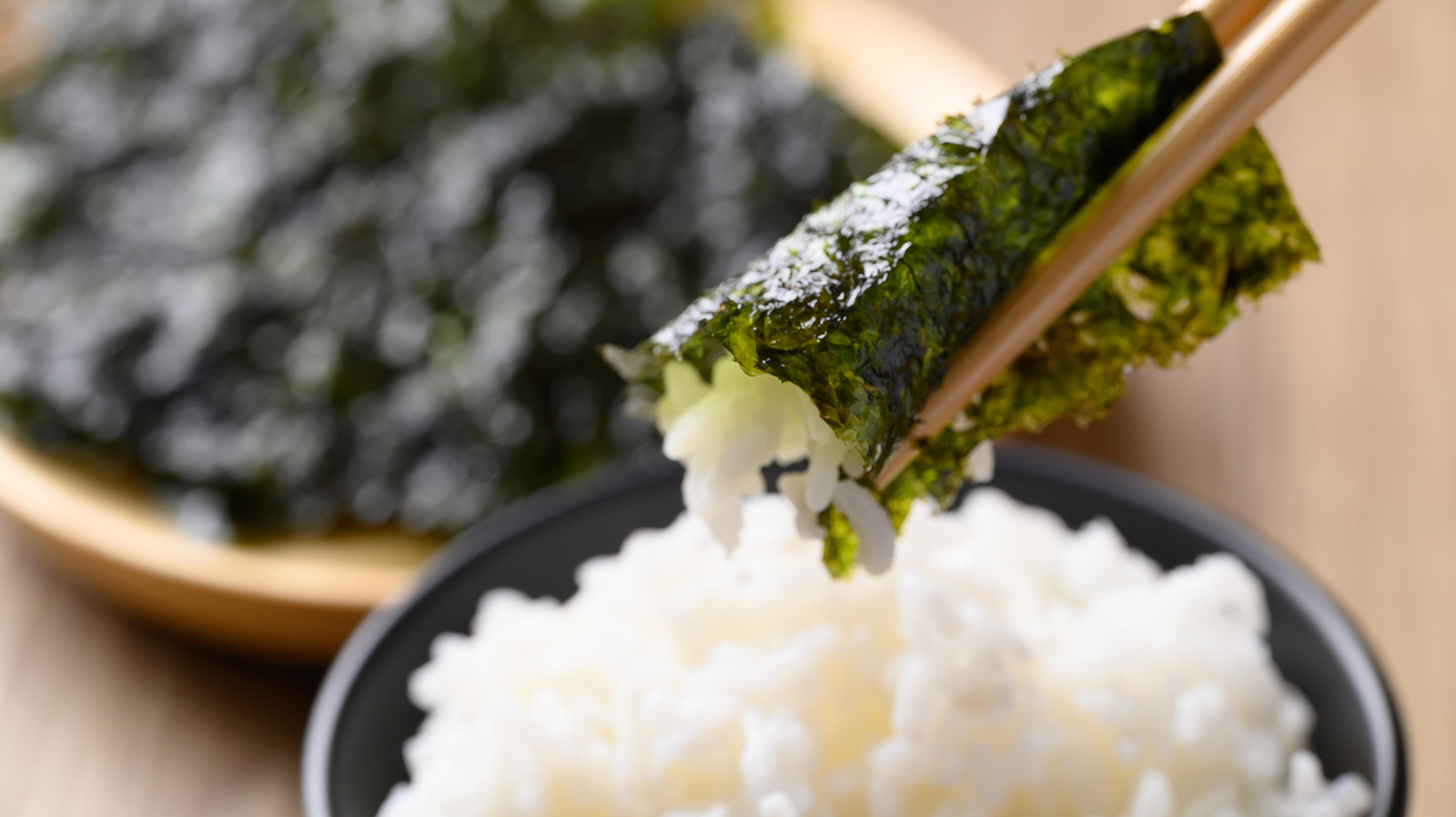We may receive a commission on purchases made from links.
Sushi-making might seem like a culinary black belt — something you leave to the professionals behind the counter while you sip sake and pretend you know the difference between a New York roll and a California roll. It feels intimidating, but with the right ingredients, some tips, and a bit of practice, you can absolutely make sushi at home. From knowing what to look for when purchasing sushi fish to perfecting your slicing game, at-home sushi is just a few steps away.
First, you’ve got to get the rice right. The most important thing you should know is that you can’t really just buy sushi rice, it’s more of a recipe. For sushi, the rice has got to be sticky enough to hold the roll together, and it needs a little extra flavor to really complete each bite. Traditional sushi rice starts with short-grain rice, seasoned with a vinegar-sugar-salt mix, and cooked just right so it clumps without turning into paste.
You can buy pre-made sushi rice, but any uncooked rice labeled as sushi rice, like this popular RiceSelect Sushi Rice, is really just short-grain rice that will need to be specially prepared for making sushi. No worries, though — it’s easy enough to do! So, sharpen your knife, set your intentions (and your rice cooker), and start your sushi-making journey one grain at a time.
Making the perfect sushi rice
Whether it’s in an Instant Pot or on the stovetop, cooking sushi rice isn’t much different from cooking regular white rice. Brush up on your basic rice-making skills as needed! When you’re making sushi rice, it’s a good idea to rinse the short-grain rice first. Rinsing the rice can help remove excess starch, which can make the rice too mushy. Short-grain rice’s high starch content is actually why it works for sushi — the starch is what makes it sticky — but too much can backfire (there are ways to fix overly sticky rice, though).
Start by cooking your short-grain rice, but instead of a classic 1:1 ratio of rice to water, try something more like 1:1 ½, adding a bit more water to achieve that stickiness we’re looking for. Add salt to the rice while it cooks. After it’s cooked, you can get your sushi chef hat on. For that distinct sushi rice texture and flavor, you’ll need to add rice wine vinegar and something to sweeten it, like white sugar or honey. Cook your rice vinegar and sugar or honey until the sweetener is dissolved, then mix it into your cooked rice. Once it’s all cooled fully, you’re ready to start rolling!
What if you’ve only got some uncooked brown or long-grain rice in your pantry, like basmati or jasmine? Unfortunately, you won’t wind up with the right texture needed for sushi rolls. In poke bowls or sushi burritos, the difference might not matter as much.






